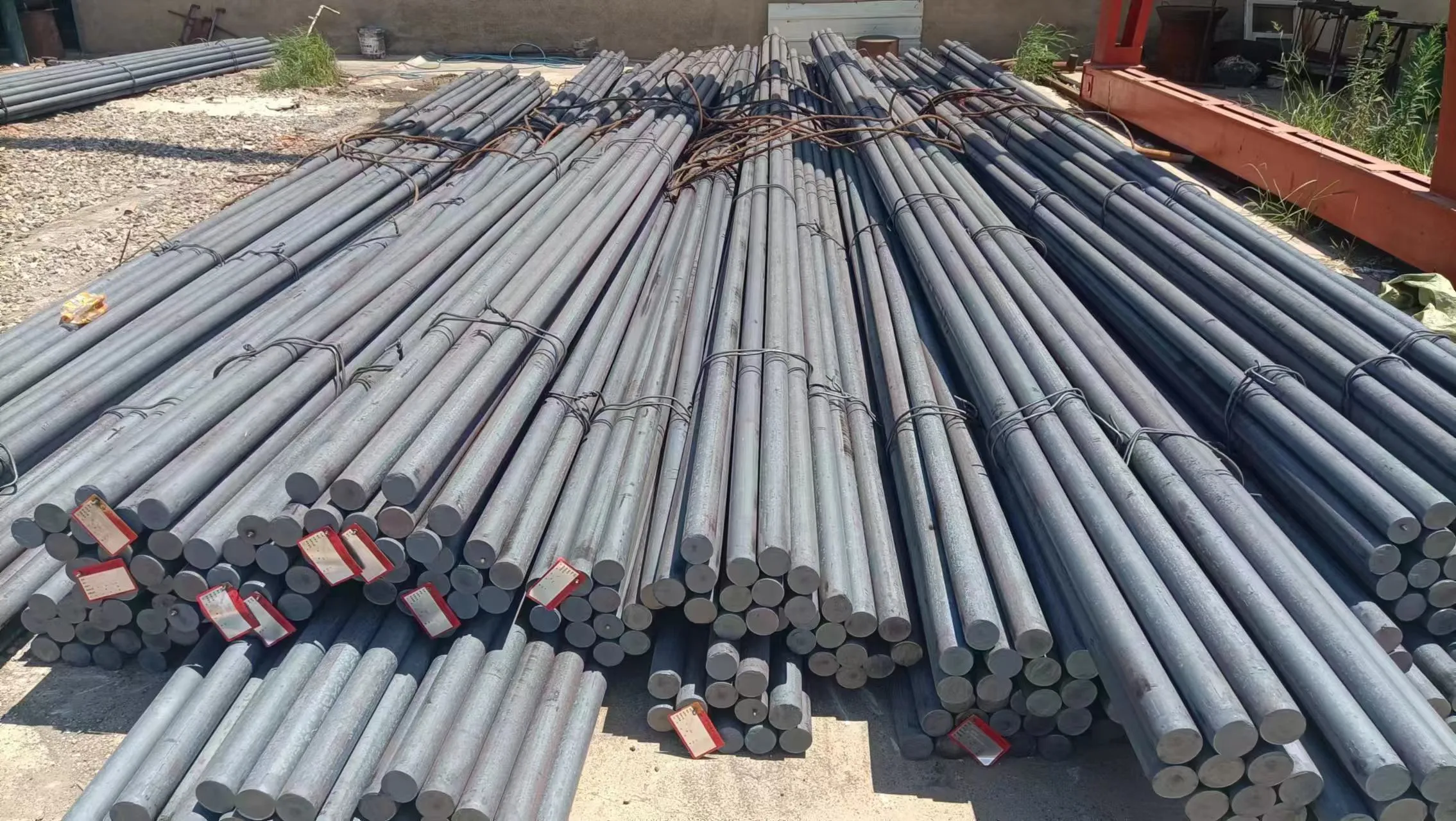-
Cangzhou Yulong Steel Co., Ltd.
-
Phone:
+86 13303177267 -
Email:
admin@ylsteelfittings.com
- English
- Arabic
- Italian
- Spanish
- Portuguese
- German
- kazakh
- Persian
- Greek
- French
- Russian
- Polish
- Thai
- Indonesian
- Vietnamese
- Zulu
- Korean
- Uzbek
- Hindi
- Serbian
- Malay
- Ukrainian
- Gujarati
- Haitian Creole
- hausa
- hawaiian
- Hebrew
- Miao
- Hungarian
- Icelandic
- igbo
- irish
- Japanese
- Javanese
- Kannada
- Khmer
- Rwandese
- Afrikaans
- Albanian
- Amharic
- Armenian
- Azerbaijani
- Basque
- Belarusian
- Bengali
- Bosnian
- Bulgarian
- Catalan
- Cebuano
- China
- China (Taiwan)
- Corsican
- Croatian
- Czech
- Danish
- Esperanto
- Estonian
- Finnish
- Frisian
- Galician
- Georgian
- Kurdish
- Kyrgyz
- Lao
- Latin
- Latvian
- Lithuanian
- Luxembourgish
- Macedonian
- Malgashi
- Malayalam
- Maltese
- Maori
- Marathi
- Mongolian
- Myanmar
- Nepali
- Norwegian
- Norwegian
- Occitan
- Pashto
- Dutch
- Punjabi
- Romanian
- Samoan
- Scottish Gaelic
- Sesotho
- Shona
- Sindhi
- Sinhala
- Slovak
- Slovenian
- Somali
- Sundanese
- Swahili
- Swedish
- Tagalog
- Tajik
- Tamil
- Tatar
- Telugu
- Turkish
- Turkmen
- Urdu
- Uighur
- Welsh
- Bantu
- Yiddish
- Yoruba

Sep . 01, 2024 06:52 Back to list
ansi flange types
Understanding ANSI Flange Types
Flanges are crucial components in piping systems, serving as a means to connect various pipe sections, valves, pumps, and other equipment. The American National Standards Institute (ANSI) provides standardized specifications for flanges to ensure compatibility and safety in various industrial applications. In this article, we will explore the different types of ANSI flanges, their characteristics, and their typical applications.
Common ANSI Flange Types
1. Slip-On Flange (SO) The slip-on flange is one of the most common types of ANSI flanges, designed to slide over the pipe's end. It is then welded in place to secure the connection. This flange is easier to align and install, making it a popular choice for many applications. However, it requires a bit more material and space compared to other types.
2. Weld Neck Flange (WN) This flange type features a long taper and a neck that is welded to the pipe. It provides a strong connection with excellent resistance to high pressure and temperatures. The weld neck flange is ideal for applications involving heavy fluctuations in pressure and fluctuating temperatures.
3. Blind Flange (BL) As the name suggests, a blind flange is used to seal the end of a pipe or vessel. It has no opening in the center, making it an essential component for stopping flow or closing off a piping system. Blind flanges are often used for future expansion purposes, allowing easy access for adding new connections.
ansi flange types

4. Threaded Flange (TH) Designed with internal threads, this flange type can be screwed onto a pipe without welding. It is particularly useful for applications where welding is impractical or requires special handling. However, it is generally limited to lower pressure applications due to the potential for leaks and weaker connection strength.
5. Socket Weld Flange (SW) The socket weld flange is designed for pipes with a smaller diameter. It involves inserting the pipe into a recessed area of the flange and then welding it in place. This type of connection is robust and suitable for high-pressure systems, making it a preferred option for smaller piping applications.
6. Lap Joint Flange (LJ) The lap joint flange is specially designed to be used with a stub end. It allows for easy alignment and disassembly, which makes it advantageous in applications that require frequent maintenance. This flange provides the flexibility needed for a range of industrial settings.
Conclusion
ANSI flange types are pivotal in the design and operation of piping systems across various industries, including oil and gas, chemical manufacturing, and water treatment. Understanding the specific characteristics and applications of each type of flange is essential for engineers and technicians involved in piping design and maintenance. By selecting the appropriate ANSI flange type, professionals can ensure the integrity and safety of their piping systems, ultimately contributing to the overall efficiency and reliability of industrial operations.
Latest news
-
ANSI 150P SS304 SO FLANGE
NewsFeb.14,2025
-
ASTM A333GR6 STEEL PIPE
NewsJan.20,2025
-
ANSI B16.5 WELDING NECK FLANGE
NewsJan.15,2026
-
ANSI B16.5 SLIP-ON FLANGE
NewsApr.19,2024
-
SABS 1123 FLANGE
NewsJan.15,2025
-
DIN86044 PLATE FLANGE
NewsApr.19,2024
-
DIN2527 BLIND FLANGE
NewsApr.12,2024
-
JIS B2311 Butt-Welding Fittings LR/SR 45°/90° /180°Seamless/Weld
NewsApr.23,2024











